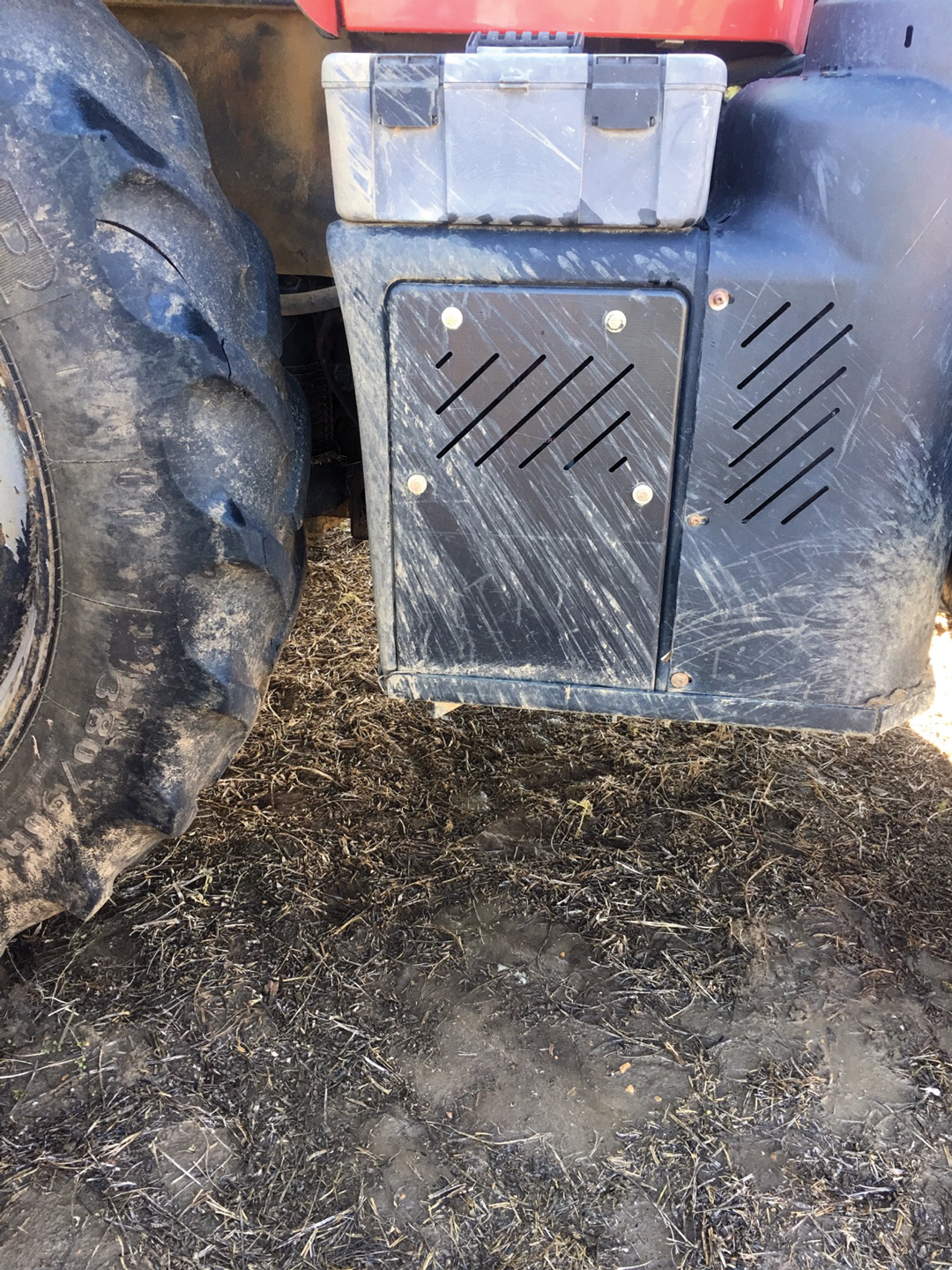CTRL+P
BY TIMOTHY FOWLER • PHOTO COURTESY OF CNH INDUSTRIAL
Will the next replacement part for your tractor be produced on a 3D printer? 3D printing, also known as additive manufacturing, is a process of laying down layers of material—referred to as substrate—to create a three-dimensional object.
3D printers operate on instructions contained in digital blueprints contained within computer-assisted design or CAD files. These determine where the substrate is laid and fused to the previous layer. Each pass of the printer builds a slice of the object. Desktop 3D printers look a bit like a small microwave oven while larger printers accommodate pieces more than one metre in length and look like shower stalls with peculiar wash heads.
CNH Industrial, which manufactures Case IH, Steyr and New Holland equipment, now uses 3D printers to produce a selection of plastic parts used in agriculture and other sectors.
“The life cycle of machines in this industry is much longer than in automotive,” said Paolo Pantalei, parts life cycle and purchasing director with CNH. “Farmers have tractors 15 to 20 years old, and beyond, and they still want the machine up and running. Wherever original parts are required and the original manufacture tooling is broken or redeployed, this is where 3D printing kicks in.”
The company uses 3D printing to solve backorders and manufacture hard-to-find parts.
While 3D printing of metal parts is possible, for now CNH Industries is focused on plastic parts such as tractor battery covers, handles, caps, guards and knobs.
While Pantalei points out that a single 3D manufactured part may cost more than the same traditionally manufactured part, retooling to produce a low-volume part is sometimes cost prohibitive. There are further advantages to employing the process. The speedy turnaround time of 3D printing can quickly get machinery back in the field. It also decreases the waste generated during the manufacturing process, reduces inventory requirements and tightens the supply chain. Locating hard-to-find parts becomes a non-issue.
“3D print technology has advanced exponentially,” said Robert Saik, CEO of DOT Autonomous Farm Solutions and Saik Management Group. “The ability to use a wide array of substrates is expanding dramatically. We are starting to see the emergence of multiple substrates coming out of the same printer. You might have silicon and metal coming together. The other thing about 3D printing is the ability to produce customized parts. It will transform how people tinker and work in on-farm shops.”
Saik recently attended the Abundance 360 conference, a cutting-edge entrepreneurial summit held annually in Beverly Hills. He was impressed with the 3D printed aluminum and stainless-steel parts on display. He also examined machine parts that were both lighter and stronger than the factory parts they were intended to replace. He predicts that 3D printing will disrupt traditional supply chains and he sees on-farm printers as a real possibility for the future.
The 3D printing discussion has the familiar feel of the decades-ago introduction of personal computers. Many were dismissive about digital technology, saying it was unlikely to be widely used. Of course, powerful computers can now be found in briefcases and combine cabs. Though admittedly not quite on the same scale of transformation, equipping farm workshops with 3D printers may nonetheless revolutionize the process of equipment repair.








Comments